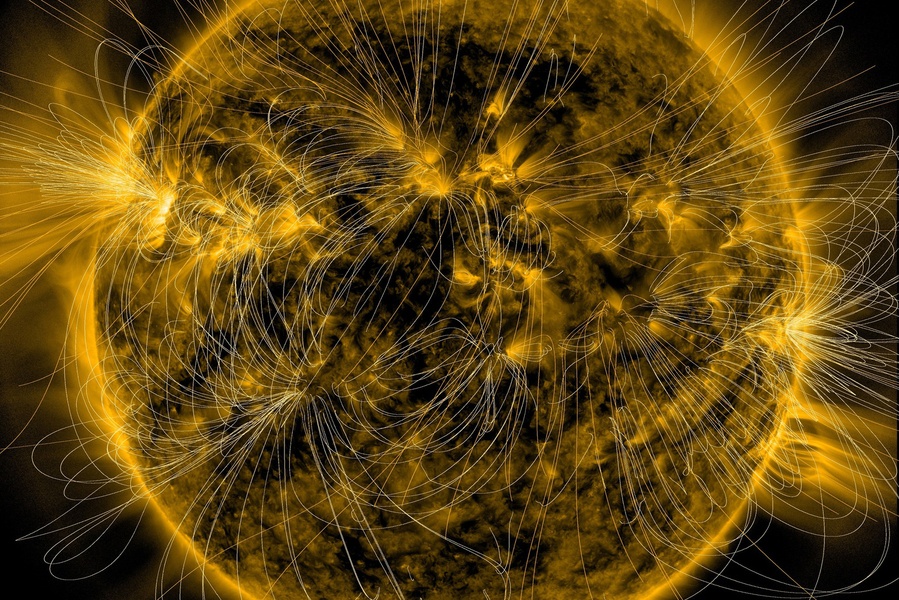Observing the earliest stars is one of the holy Grails of astronomy. Now, a team at the University of Hong Kong led by astronomer Jane Lixin Dai is proposing a new method for detecting them. If it works, the approach promises to open a window on the origin of the cosmos itself.
Continue reading “A New Way to Search for the First Stars in the Universe”Globular Clusters Should Contain More Intermediate-mass Black Holes

We live in a Universe studded with black holes. Countless stellar mass and supermassive ones exist in our galaxy and most others. It’s likely they existed as so-called “primordial” black holes in the earliest epochs of cosmic history. Yet, there seems to be a missing link category: intermediate-mass black holes (IMBH). Astronomers have searched for these rare beasts for years and there’s only one possible observation thanks to gravitational-wave data. So, where are they?
Continue reading “Globular Clusters Should Contain More Intermediate-mass Black Holes”Two Seismometers are Going to the Moon to Measure Moonquakes

Our Moon is shrinking and has been doing so since just after its formation ~4.5 billion years ago from a collision with the young Earth. That shrinkage, along with a constant rain of micrometeorites, causes lunar seismic activity. NASA plans to send two instruments to the Moon to measure its moonquakes. Those dual seismometers share technology first used on Mars by the InSight lander to measure more than a thousand marsquakes.
Continue reading “Two Seismometers are Going to the Moon to Measure Moonquakes”Io Has Been Volcanically Active for its Entire History

Jupiter’s moon Io is a volcanic powerhouse. It’s the most geologically active world in the Solar System, sporting more than 400 spouting volcanoes and vents on its surface. Has it always been this way? A team of planetary scientists says yes, and they have the chemical receipts to prove it.
Continue reading “Io Has Been Volcanically Active for its Entire History”Where are All the Primordial Black Holes?
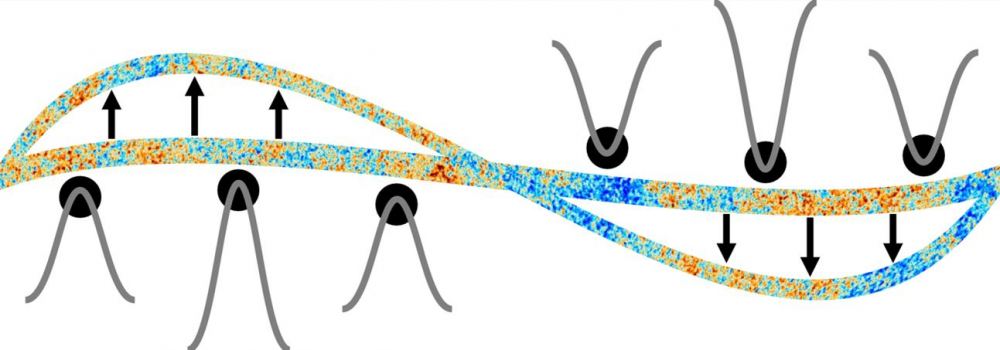
The earliest black holes in the Universe called primordial black holes (PBHs), are strong contenders to help explain why the Universe is heavier than it looks. There’s only one problem: these miniature monsters haven’t exactly been observed—yet. But, when astronomers do find them, they might turn out to be part of the Universe’s dark matter component.
Continue reading “Where are All the Primordial Black Holes?”The Sun’s Magnetic Field Might Only Be Skin Deep
It’s coming back! Sunspot AR3664 gave us an amazing display of northern lights in mid-May and it’s now rotating back into view. That means another great display if this sunspot continues to flare out. It’s all part of solar maximum—the peak of an 11-year cycle of solar active and quiet times. This cycle is the result of something inside the Sun—the solar dynamo. A team of scientists suggests that this big generator lies not far beneath the solar surface. It creates a magnetic field and spurs flares and sunspots.
Continue reading “The Sun’s Magnetic Field Might Only Be Skin Deep”Mars InSight Has One Last Job: Getting Swallowed by Dust on the Red Planet
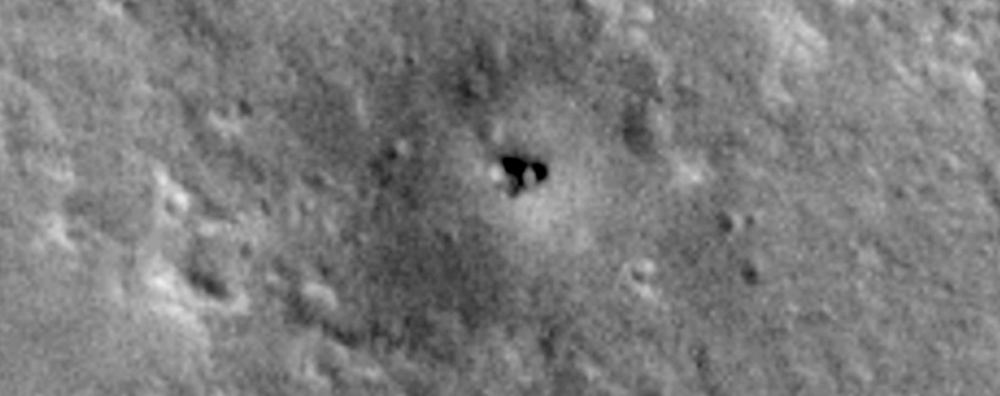
Normally you don’t want dust to get into your spacecraft. That was certainly true for the InSight mission to Mars, until it died. Now, however, it’s acting as a dust collector, and Mars Reconnaissance Orbiter (MRO) scientists couldn’t be happier.
Continue reading “Mars InSight Has One Last Job: Getting Swallowed by Dust on the Red Planet”A Weather Satellite Watched a Space Rock Burn Up Above Spain and Portugal
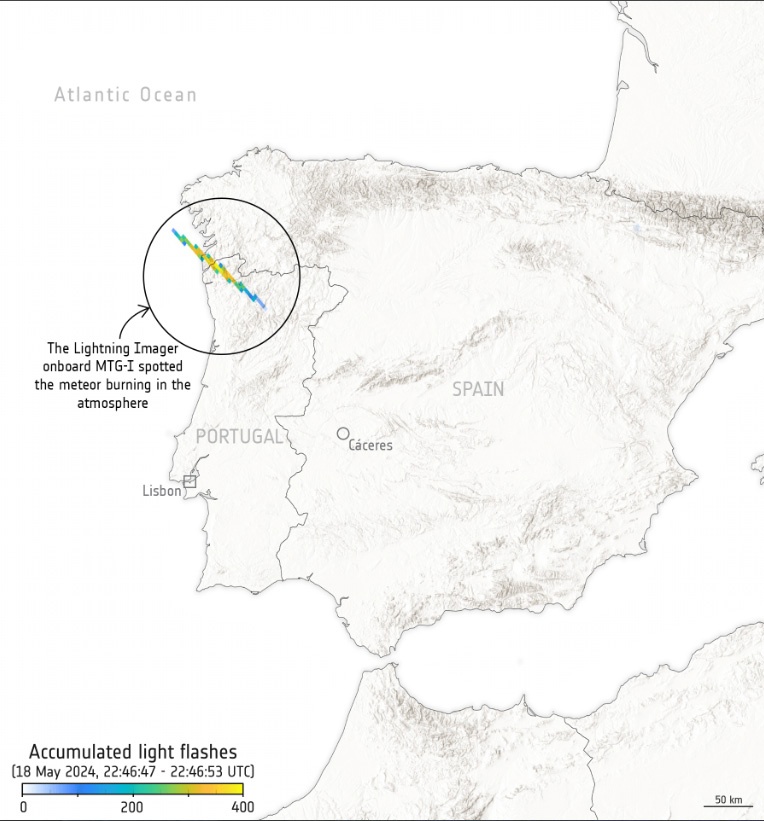
It’s been a momentous May for skywatchers around the world. First the big auroral event of May 10-11, next a flaming space rock entering over Spain and Portugal. The inbound object was captured by ground-based cameras and the MeteoSat Third Generation Imager in geostationary orbit.
Continue reading “A Weather Satellite Watched a Space Rock Burn Up Above Spain and Portugal”The Largest Camera Ever Built Arrives at the Vera C. Rubin Observatory
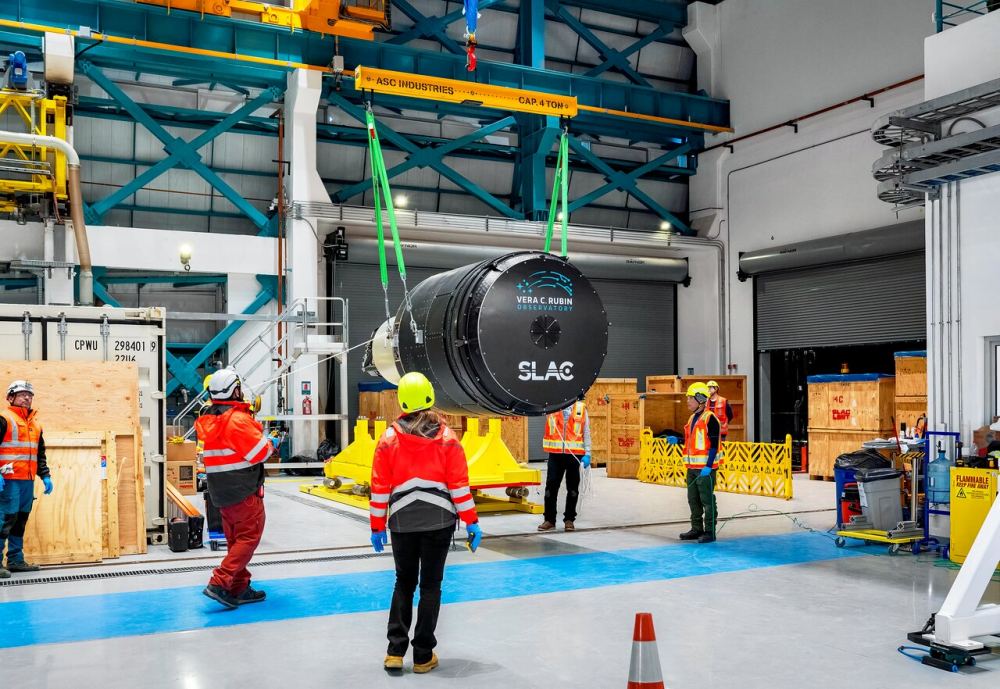
It’s been 20 years in the making, but a 3200-megapixel camera built especially for astrophysics discoveries has finally arrived at its home. The Legacy of Space and Time (LSST) camera was delivered to the Vera C. Rubin Observatory in Chile in mid-May, 2024.
Continue reading “The Largest Camera Ever Built Arrives at the Vera C. Rubin Observatory”Webb Sees Black Holes Merging Near the Beginning of Time
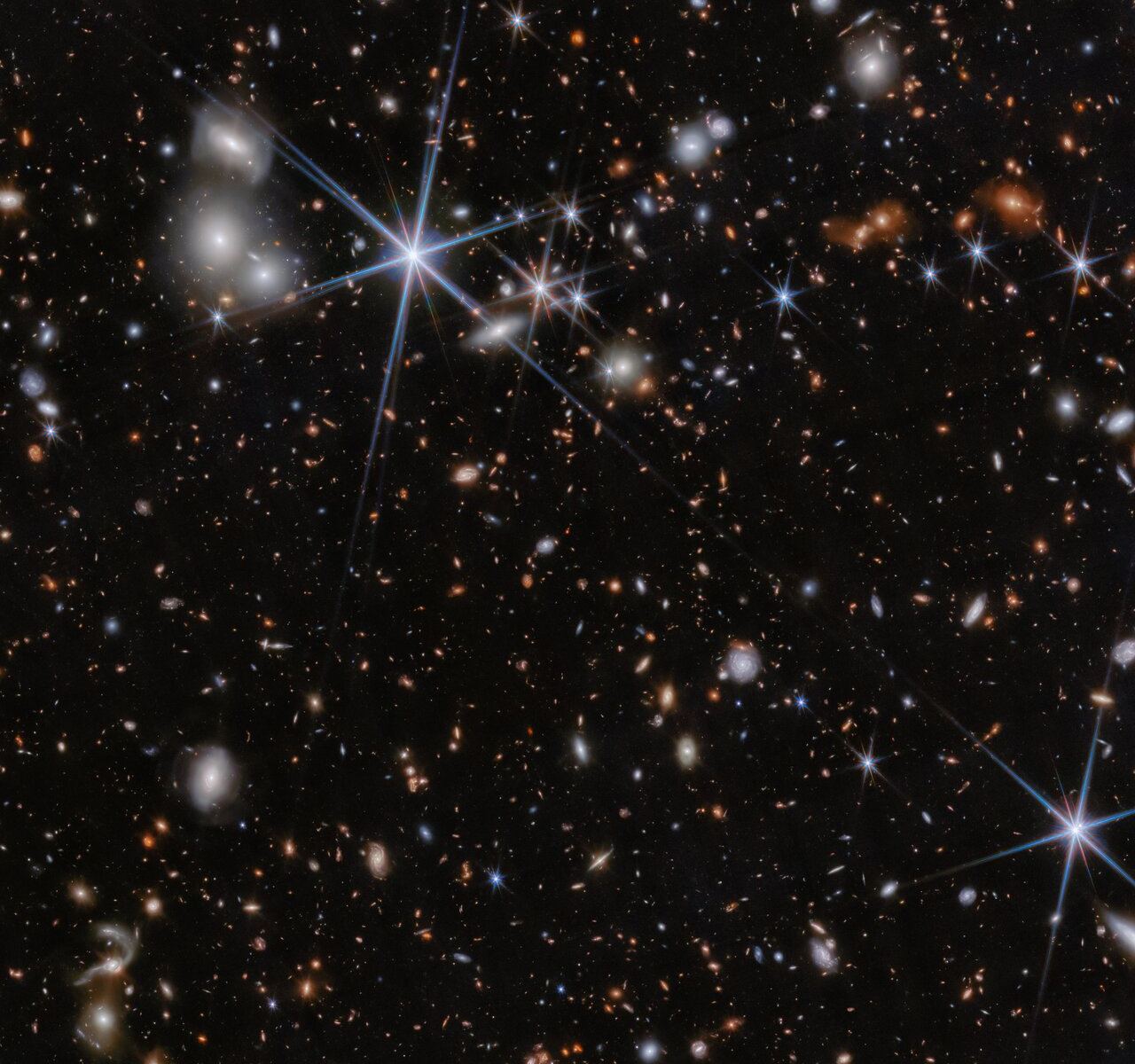
A long time ago, in two galaxies far, far away, two massive black holes merged. This happened when the Universe was only 740 million years old. A team of astronomers used JWST to study this event, the most distant (and earliest) detection of a black hole merger ever.
Continue reading “Webb Sees Black Holes Merging Near the Beginning of Time”

